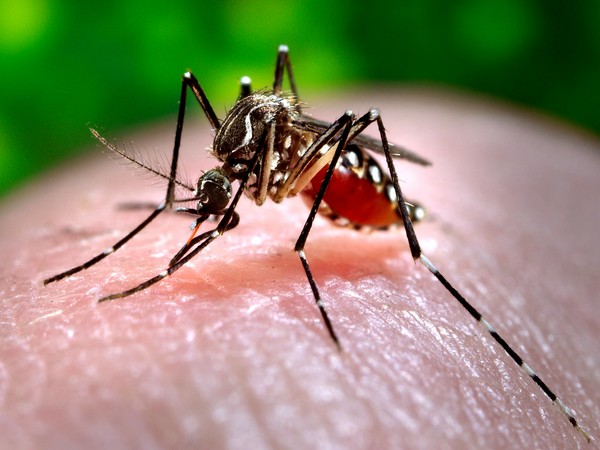
Dengue Fever in Gedaref: Cases at Homes Exceed Those in Hospitals
moatinoon
The Preparatory Committee of the Sudan Doctors Union has warned of the catastrophic spread of dengue fever in Gedaref State, especially in the Gedaref Central and Al-Qallabat localities.
In a statement issued yesterday, the committee stated that the prevalence of this deadly fever in most homes has made it difficult to ascertain the number of infected individuals. The number of those bedridden at home is multiples of those in hospitals and health centers.
The committee has called on the Ministry of Health in its various departments to fulfill its duty by providing logistical, technical, and medical resources to combat this epidemic.
It has revealed signs of a health disaster with increasing cumulative infection rates and death rates at the Gedaref Hospital and other healthcare facilities.
The committee has urged voluntary organizations working in the health sector to provide medical assistance, health education to citizens, and environmental sanitation campaigns. It also called on community and youth groups to form support teams to contribute to the burial and drying of stagnant water pools and spraying campaigns.
The Media Office of the Preparatory Committee of the Sudan Doctors Union has published a preventive and informative protocol for combating the disease, including:
**Dengue fever is a viral disease transmitted to humans by a type of mosquito called Aedes aegypti.
The contaminated Aedes mosquito bites during the day, two hours after sunrise and before sunset, and it is usually found inside homes.
Female Aedes aegypti mosquitoes lay their eggs in the inner surface of fresh stagnant water and in water storage containers (such as jars, barrels, buckets, tanks, etc.).
Method of contracting the disease:
The virus is transmitted to humans through the bite of an infected Aedes mosquito from an infected person to a healthy individual.
Incubation period of the disease:
Ranges from 3 days to 14 days, typically from 4 days to a few days.
Symptoms of the disease:
Severe fever (usually lasting from 2 to 7 days), severe headache, redness and pain behind the eyes, muscle and joint pain, and skin rash.
To prevent mosquito breeding, we must:
Wash water storage containers (jars, barrels, buckets) at least twice a week to prevent mosquito breeding in them.
When washing, the inner surface of the container should be scrubbed to remove mosquito eggs.
When filling containers, place a sieve with a clean white cloth to prevent the aquatic stages of mosquitoes from entering the containers.
Cover water storage containers tightly to prevent mosquitoes from laying eggs in them.
Change stored water twice a week and seal it tightly.
Empty stagnant water pools and ditches or pour back stagnant water mixed with oil to kill mosquito larvae if it is difficult to fill or dry them.
Facilitate the work of health workers in control operations, including indoor spraying of walls with residual insecticides to kill mosquitoes resting indoors.
Ensure the use of personal protection measures, including:
Insecticide-treated bed nets.
Mosquito repellent mats.
Smoke (various types of wood and incense) and other available means.
In case a family member exhibits symptoms and signs of the disease, the following steps should be taken:
Lower the fever using cold compresses and antipyretics such as paracetamol until the patient is transported to the nearest health facility.
Comply with the doctors instructions and complete the treatment doses correctly.
Stay indoors for at least ten days to ensure that the infection does not spread to other family members.**
Please note that the above information is a translation of the provided text and may not cover all the details of the original text.

